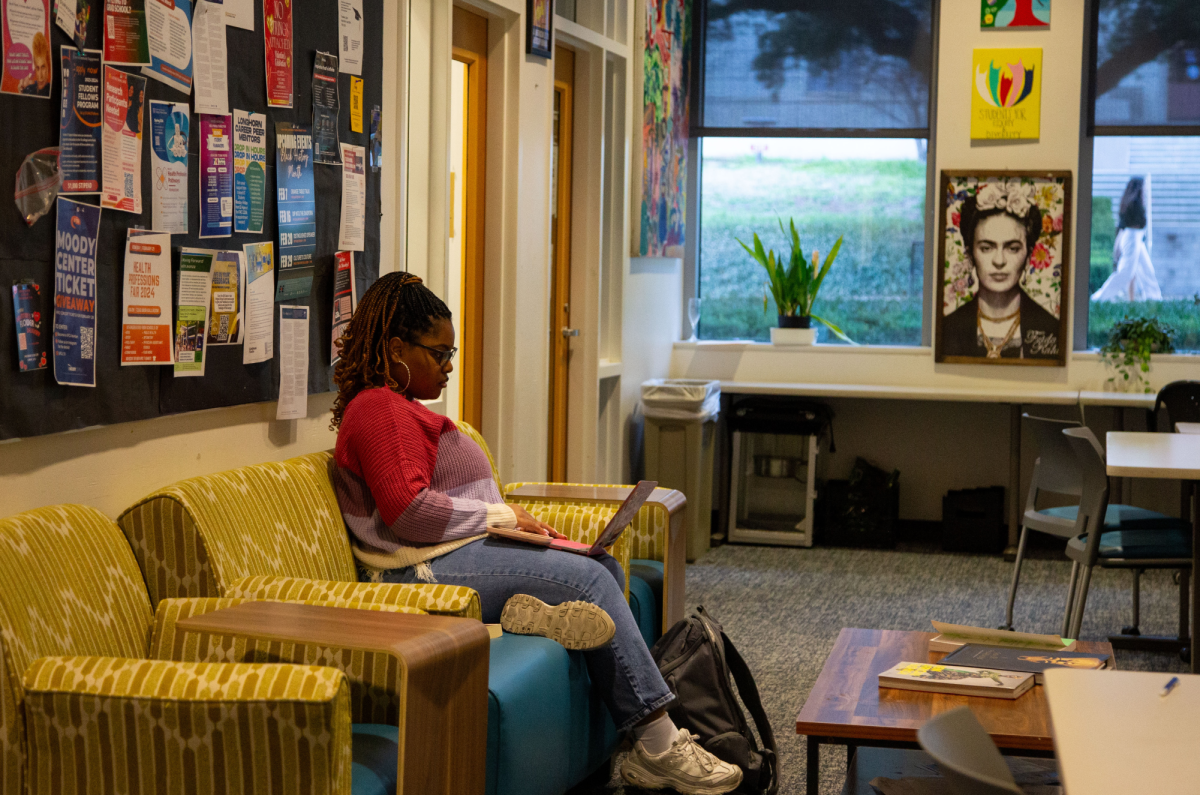Students could stop losing participation points for forgetting their clickers with a new program called Learning Catalytics.
Learning Catalytics is a website similar to the clicker system that can be used to display in-class feedback from students. Instead of offering only multiple-choice questions like the clicker does, it allows students to submit answers in various forms, including short answer, graphs and ranked items on a list. Students can also upload images and highlight specific areas of graphics and paragraphs.
To use the program, students need a mobile device such as a laptop, Smartphone or tablet. Subscriptions currently are $12 per semester or $20 per year, but Pearson recently purchased the company, so the prices may change, said Anne Braseby, faculty developer in the Center for Teaching and Learning. Harvard physics professor Eric Mazur created the program in July 2011, and professors at UT are beginning to use it. UT has eight classrooms — each able to hold more than 100 students — with the proper bandwidth speed for the program and is working to expand the technology to more classrooms.
Mazur created the software to bring together groups of students with differing opinions, Braseby said. The software uses a seating chart to show students’ answers and helps form groups of students who disagree so they can debate their answers. It allows both professors and students to recognize points of misconception which leads to mini-lectures about these concepts, Braseby said.
Management senior lecturer Kristie Loescher said the various ways of displaying answers sparks more discussion than simple multiple-choice questions do. Loescher said one of the biggest challenges of teaching a large class is keeping everyone engaged, and she is constantly looking for ways to do that.
“If [students are] engaged, I’m more aware of what they’re getting and what they aren’t getting,” Loescher said. “They’re going to find more value out of the experience, so we both win if we can find some tools that help us do this on a large scale.”
Using Learning Catalytics is a way to encourage uncertainty, a valuable part of learning, said Brenda Berkelaar, communication studies assistant professor.
Berkelaar said when she was a teaching assistant, she could only access clicker data through the professor’s account, but Learning Catalytics offers access to both professors and teaching assistants.
Jeannette Vaught, American Studies graduate student, said it is beneficial for students to be able to engage with the material directly and receive instant feedback.
“You know where they fit within a general data set in terms of how the material is coming across,” Vaught said.




















